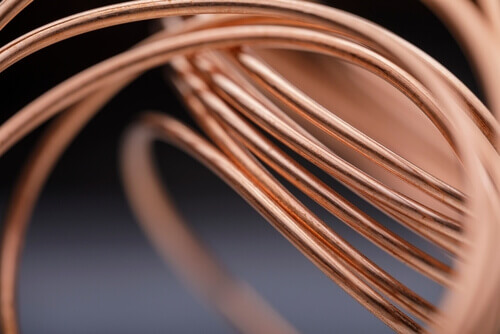Copper prices extended losses on Tuesday following China’s continued support towards its strict zero-COVID policy, while gold prices traded close to a one-month high as the dollar slipped on the possibility that the Federal Reserve will raise interest rates by a smaller percentage point ahead.
Copper futures traded 0.4% lower to $3.5835 per pound, posting declines for the second straight session. The red metal has taken a steep drop this year as concerns that an economic slowdown would hold back demand in the industrial sector.
Metals’ Outlook Still Uncertain
Copper and a few other industrial metals rallied sharply in the previous week on the possibility of major importer China easing its costly COVID-19 restrictions, although those gains may ease in the coming days after Chinese health officials said the country remained committed to the current policy.
Beijing has denied reports about lifting measures to curb the spread of COVID, as the country’s daily number of cases rose its highest since May. However, the statement also suggested continued economic disruptions in the world’s second-largest economy, which has weakened sentiment for commodities.
Still, the greenback’s fall curbed losses in metal prices, as investors expect the Fed to slow down on raising interest rates in December. The US dollar index was down 0.6% on Tuesday but later recovered to trade 0.2% higher.
Several central bank officials agreed to smaller increases to avoid hurting the economy further, even as the world’s largest economy is facing a near 40-year high inflation.
Gold prices benefited the most from the greenback’s weakness, trading close to their highest levels since October. The potential for a rate hike slowdown provided respite to investors of the yellow metal as higher interest rates pulled bullion prices back from their annual highs.
Spot gold shed 0.3% to $1,670.29 per ounce, having posted significant gains last week, while gold futures lost 0.4% to $1,672.50 per ounce.
However, gold’s near-term outlook remains gloomy, as the Fed signaled that interest rates might end up higher than anticipated.











